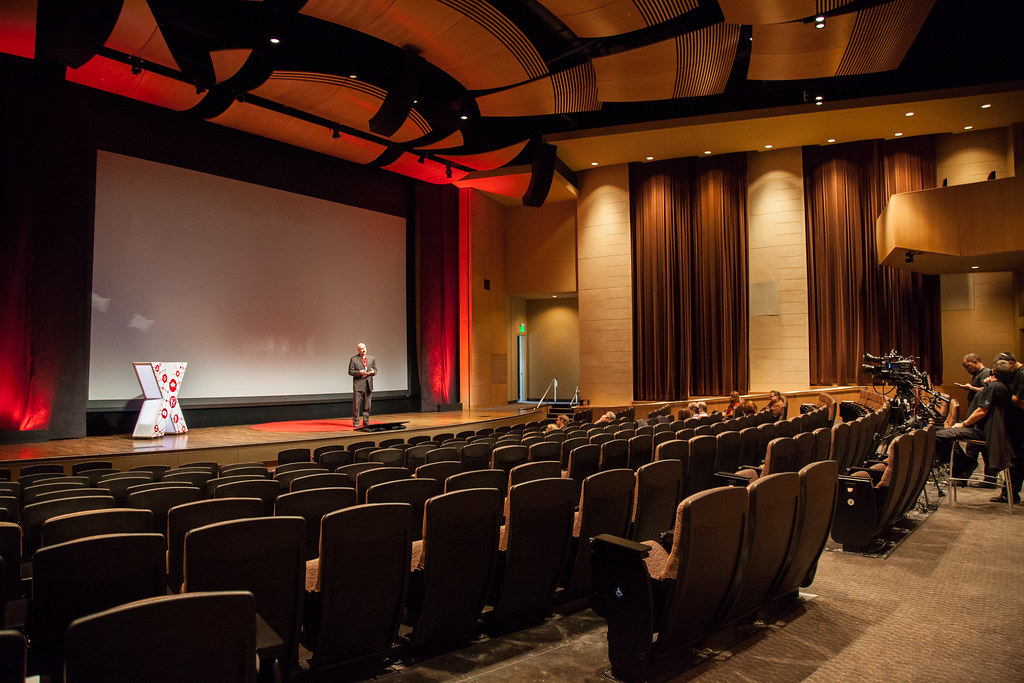
The stage has always been a place of wonder, a realm where reality bends and the extraordinary unfolds before our very eyes. For centuries, audiences have gathered, captivated by the magic, the drama, and the sheer audacity of those who choose to live under the spotlight. Yet, beneath the glamour and the applause, there lies a stark truth: the performing arts, in their pursuit of spectacle, emotion, and unparalleled feats, have sometimes demanded the ultimate sacrifice.
There’s a raw, almost visceral impact when a life ends in the very space it was meant to entertain. These aren’t just statistics; they are stories etched into the annals of performance history, moments where the illusion shattered, and the fragility of human existence was laid bare for all to see. From the hushed theatres of old to the grand stages of the early 20th century, these performers faced their final curtain calls in the most unexpected and often tragic ways imaginable.
In this unflinching look, we delve into the macabre, the unusual, and the heartbreaking incidents where entertainers died in front of their audiences, leaving behind legends, warnings, and an enduring sense of awe. Prepare to journey through history, examining the circumstances that turned an act into a final, unintended spectacle.
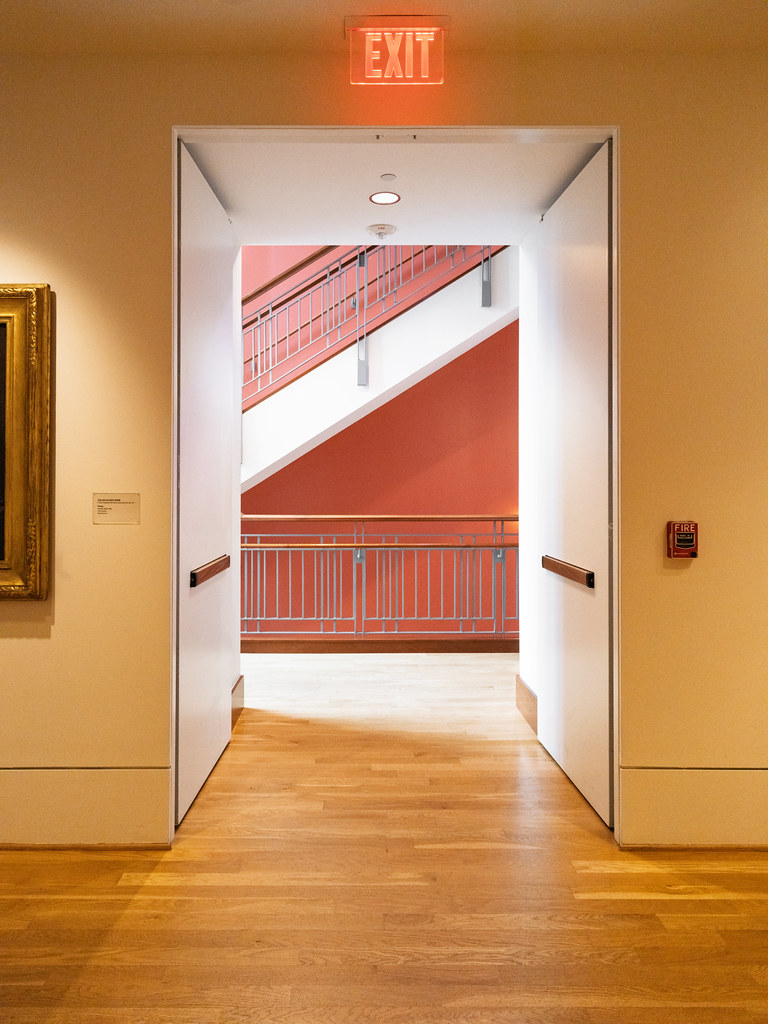
1. **Mr. Cummins (1817): A Theatrical Exit**The annals of early 19th-century theatre hold a particularly stark reminder of life’s unpredictable nature. In 1817, at the Leeds Theatre in Hunslet, an actor known only as Mr. Cummins was embodying the character of Dumont in Nicholas Rowe’s dramatic work, *The Tragedy of Jane Shore*. It was a performance like any other, the audience enthralled by the unfolding narrative, unaware they were witnessing a truly final act.
As the play reached its poignant climax, Mr. Cummins delivered a line that would forever resonate with grim irony: “May such befall me at my latest hour…”. The words hung in the air, imbued with a gravity that transcended mere acting. Moments later, still on stage, he collapsed, his life extinguished by what was later identified as “ossification of the heart,” or aortic stenosis, a condition that silently progressed until that fateful June 20th.
His death wasn’t a staged demise but a real one, occurring precisely at the moment of his dramatic utterance. The line, intended to convey a character’s plea or curse, became a chilling prophecy for the performer himself. The audience, witnessing the immediate and genuine collapse, must have been gripped by a profound sense of shock and disbelief as the performance abruptly transformed into a tragedy.
This incident serves as a haunting testament to the thin veil between stagecraft and reality, a reminder that even in the most controlled environments, life’s ultimate act can play out unexpectedly. Mr. Cummins’ final words and his sudden death on stage secured his place in history, not just as an actor, but as a symbol of the inherent risks, both known and unknown, that performers undertake.
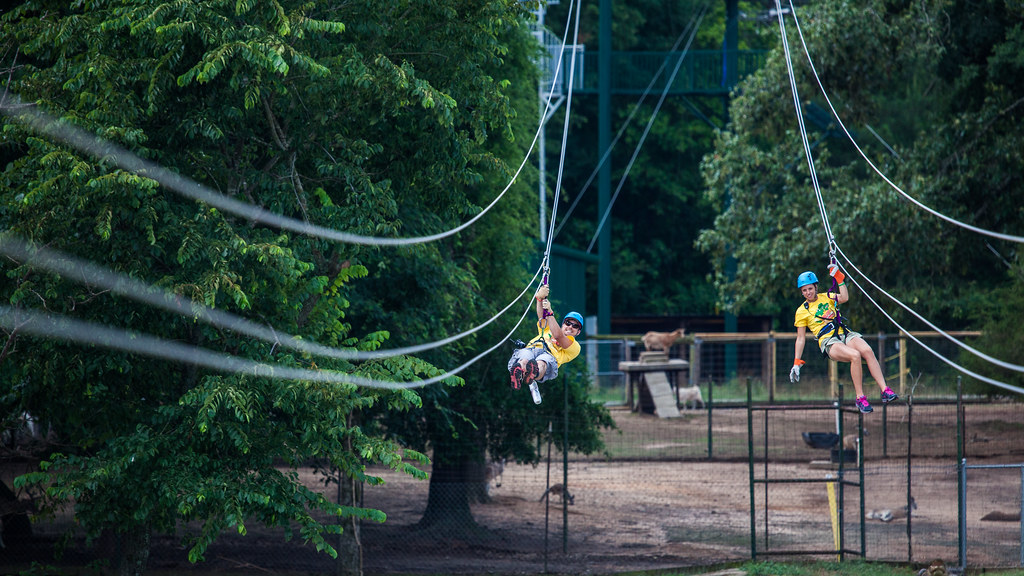
2. **Sam Patch (1829): The Fearless Plunge**Sam Patch was a name synonymous with audacious spectacle in the early American republic, a daredevil whose fame rested on his incredible, death-defying jumps from dizzying heights. Known as “The Yankee Leaper,” Patch meticulously honed his craft, thrilling crowds with plunges into treacherous waters, seemingly immune to the forces of gravity and fate. His act was a blend of showmanship, physical prowess, and an unwavering belief in his own luck.
In November 1829, Patch arrived in Rochester, New York, to tackle the formidable High Falls of the Genesee River, a challenge he had successfully conquered just one week prior. The air crackled with anticipation; thousands gathered to witness his encore, an event that promised both excitement and the ever-present thrill of danger. Patch, ever the showman, prepared for his descent, his confidence likely buoyed by his previous success.
However, on this particular jump, something went terribly wrong. Accounts suggest he may have been intoxicated, or perhaps the conditions were simply too perilous. Instead of executing his signature graceful dive, Patch lost control, plummeting into the churning waters in an awkward, uncontrolled fall. The spectacle turned horrific in an instant, the cheers of the crowd turning to gasps.
Sam Patch never resurfaced alive. His body was recovered weeks later, a tragic end to a career built on defying death. His demise served as a grim reminder of the fine line between courage and recklessness, and the ultimate, unforgiving nature of the stunts he performed. Patch’s legacy endures as one of America’s first true daredevils, but also as a poignant symbol of the fatal consequences that can accompany the pursuit of extreme performance.
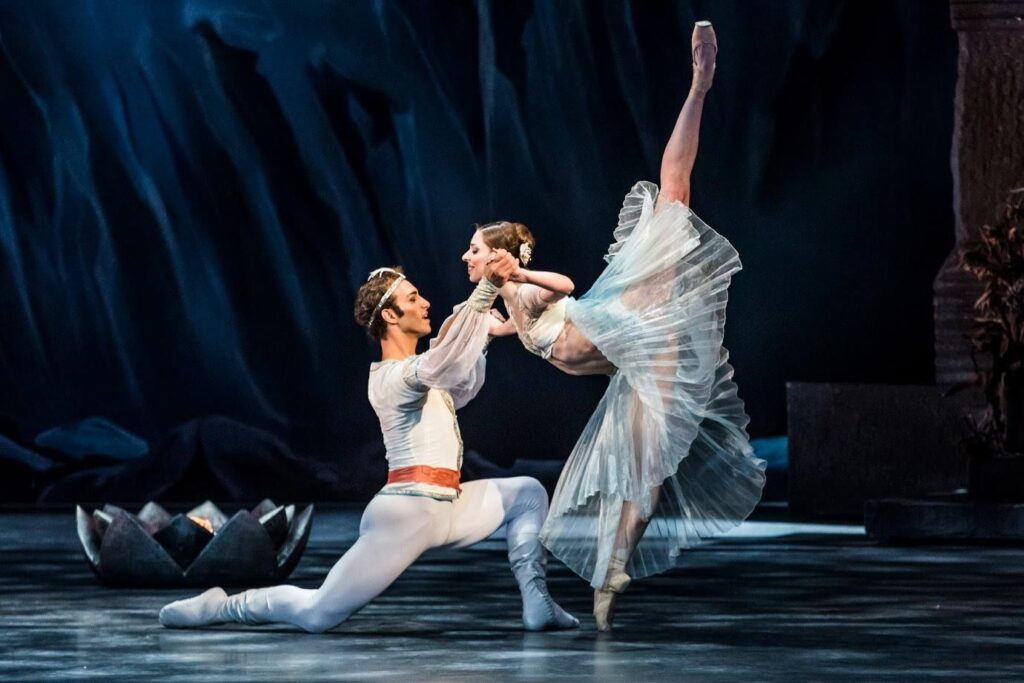
3. **Clara Vestris Webster (1844) & The Gale Sisters (1861): The Peril of the Stage Costume**The allure of ballet and theatrical performances in the 19th century was often intertwined with elaborate costumes, designed to enhance the spectacle. Yet, these very garments, often made of light, flammable materials like gauze, posed a terrifying and frequently overlooked danger, especially when combined with the gas lighting common in theatres of the era. The beauty of the stage could turn deadly in a flash.
Such was the tragic fate of Clara Vestris Webster in 1844. During a performance of *The Revolt of the Harem* at the prestigious Theatre Royal, Drury Lane, her dress made fatal contact with a gas jet. In a horrifying instant, the delicate fabric ignited, engulfing the dancer in flames. The scene, intended to be one of grace and artistry, dissolved into a nightmare of panic and agony. Despite immediate efforts, Webster was severely burned and succumbed to her injuries three days later.
Even more devastating was the incident seventeen years later, in 1861, involving the renowned Gale sisters, a team of British ballerinas performing at Philadelphia’s Continental Theater. Zelia Gale’s gauze dress, much like Webster’s, became entangled with a gas tube and burst into flames. The ensuing horror was compounded when her three sisters, Hannah, Ruth, and Adeline, rushed to her aid, only for the deadly flames to spread to their own flammable costumes.
Eight dancers in total perished in that inferno, including all four Gale sisters, who died in a desperate, selfless act to save one another. These twin tragedies stand as a stark historical warning about the latent dangers lurking behind the theatrical curtain. They underscored the urgent need for greater fire safety in performance venues, a lesson learned through the unimaginable suffering and loss of these talented performers, whose artistic lives ended in such agonizing and preventable ways.
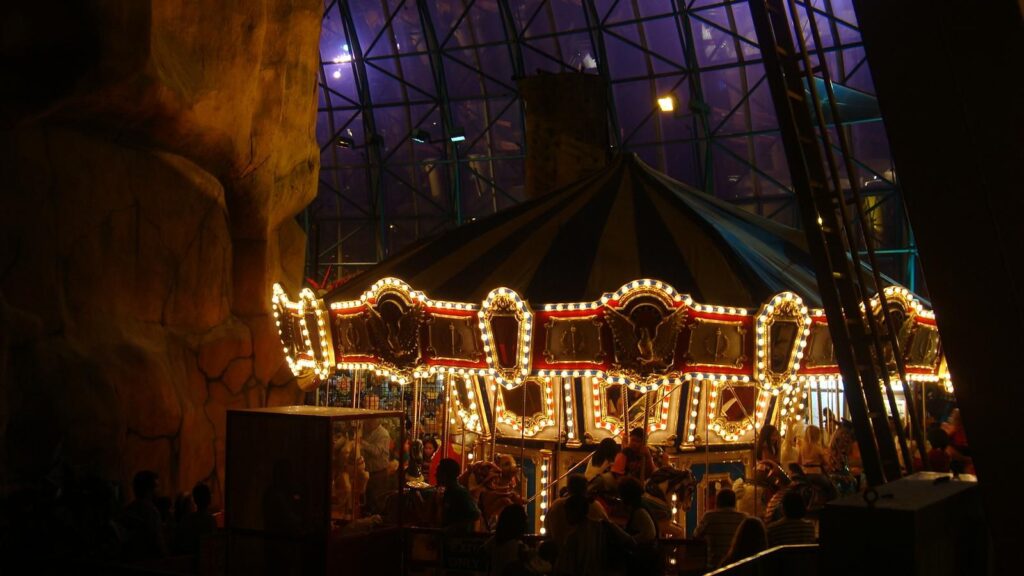
4. **Thomas Macarte, “Massarti the Lion Tamer” (1872): The Untamed Beast**The thrilling, often brutal world of the circus, particularly lion taming, offered audiences a direct confrontation with raw nature. Thomas Macarte, known by his stage moniker Massarti the Lion Tamer, was a seasoned performer, no stranger to the dangers of his craft. He had already lost an arm in a previous attack, a testament to the unforgiving power of the animals he commanded. Yet, the show, and his livelihood, demanded his return to the cage.
On January 3, 1872, in Bolton market, Macarte entered the lion’s cage for a performance with a traveling menagerie. Armed with only a sword and a pistol loaded with blanks, he faced down the powerful predators. The routine, designed to showcase human dominance over nature, quickly unraveled. The lions, perhaps sensing weakness or simply acting on their wild instincts, turned on him, overwhelming his defenses.
Macarte fought valiantly, attempting to ward off the furious beasts. Other members of the show, horrified, rushed to intervene, eventually managing to force the animals back into an inner cage. But not before they had dragged Macarte with them, inflicting grievous injuries. Though eventually rescued from the enclosure, the damage was irreversible. Thomas Macarte died on his way to the hospital, his life claimed by the very creatures he sought to control.
His death served as a stark, public reaffirmation of the inherent peril in such acts. It laid bare the illusion of control and the ever-present danger that lurked beneath the surface of the circus spectacle. Massarti’s story is a chilling reminder of the ultimate price some entertainers paid in their quest to captivate and thrill an audience with the spectacle of the wild.
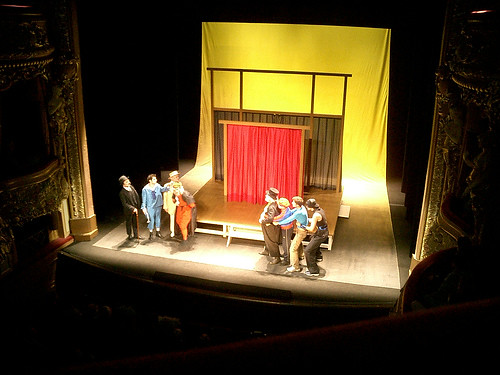
5. **Annie Von Behren (1882): A Shot on Stage**The stage, meant to be a realm of make-believe, occasionally became the site of terrifying reality, especially when the use of prop firearms was involved. In 1882, the actress Annie Von Behren was performing in the play *Si Slocum* at Cincinnati’s Coliseum. The dramatic narrative, like many of its time, likely involved moments of high tension and the simulated threat of violence, including the discharge of prop weapons.
During one such scene, a firearm wielded by her castmate, Frank Frayne, accidentally discharged. But instead of a harmless blank, something went catastrophically wrong. The bullet, or perhaps a component of the prop, struck Annie Von Behren in the head. The impact was immediate and fatal, transforming a dramatic moment into an unimaginable horror before the very eyes of the live audience.
The instantaneous shift from staged action to genuine tragedy left both cast and audience in shock. What was intended to be a powerful dramatic device became an instrument of death, underscoring the lethal potential of firearms, even those meant to be safe for theatrical use. The incident undoubtedly ignited debates about safety protocols and the care required when incorporating realistic props into live performances.
Annie Von Behren’s death stands as a grim footnote in theatrical history, a tragic reminder that the line between performance and reality can sometimes blur with devastating consequences. It highlights the profound trust placed in fellow performers and the grave responsibility that comes with handling any prop that carries even the faintest echo of real danger, forever altering the perception of ‘stagecraft’ for those who witnessed it.
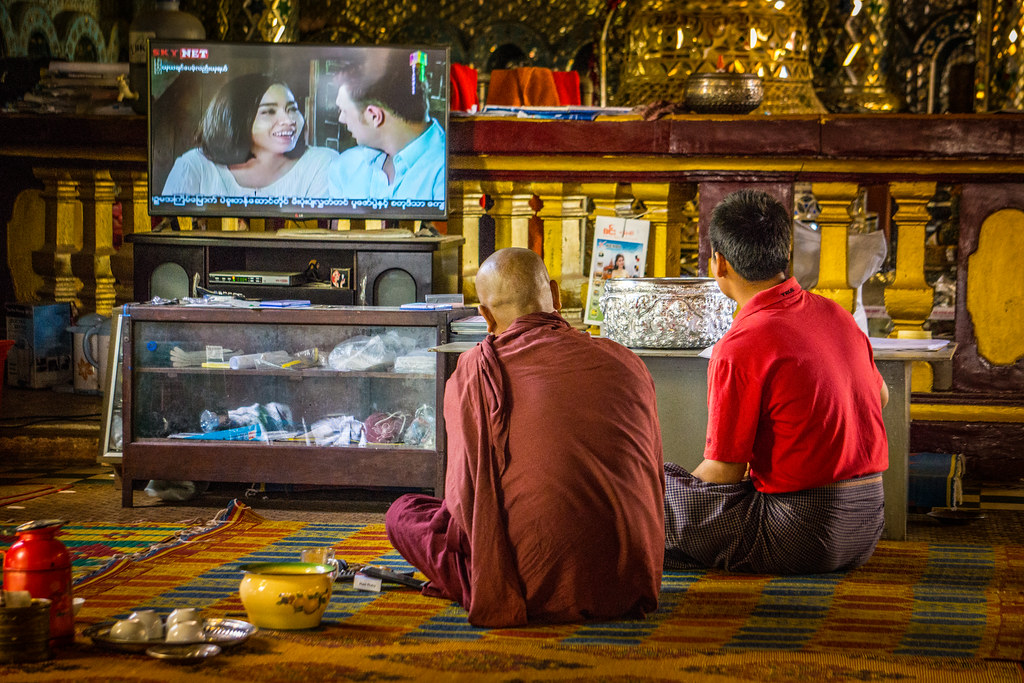
6. **Armand Castelmary (1897): The Unrecognized Demise**Opera is a grand spectacle, a world of heightened emotion, dramatic flair, and powerful performances that can leave audiences breathless. For operatic bass Armand Castelmary, his final performance at New York City’s Metropolitan Opera House during Friedrich von Flotow’s *Martha* was a testament to his stage presence, even in death. It was a moment where the very artistry of his collapse led to a tragically mistaken appreciation.
As the performance unfolded, Castelmary, a seasoned professional, suffered a sudden, fatal collapse on stage. In the world of opera, where dramatic deaths and impassioned falls are common theatrical devices, the audience, believing his dramatic fall to be a stroke of brilliant acting, responded with enthusiastic applause. They were convinced they had just witnessed an unparalleled moment of theatrical genius, a performer fully committed to his role.
The curtain was lowered amidst this loud ovation, not for a scene change or an intermission, but to attend to the genuinely fallen singer. It was only then, as the reality of the situation dawned on the crew and eventually the audience, that the applause gave way to a somber understanding. Castelmary had not merely acted his death; he had, in fact, died on stage.
This incident is one of the most poignant and unsettling examples of an audience’s misinterpretation of a performer’s final moments. It speaks to the power of illusion and the profound commitment of the artist, so convincing that his actual death was initially celebrated as a triumph of his craft. Armand Castelmary’s unwitting final bow serves as a haunting narrative of a performer whose dedication was so absolute that his ultimate sacrifice was, for a fleeting moment, mistaken for art itself.
7. **Sigmund Neuberger, “The Great Lafayette” (1911): Fire on the Empire Palace Stage**The grand illusions of vaudeville were designed to defy logic and transport audiences into a world of magic. Sigmund Neuberger, performing as “The Great Lafayette,” was a master illusionist, renowned for his elaborate acts. One of his signature pieces, the “Lion’s Bride” illusion, involved dramatic flair, complex staging, and, inevitably, the use of stage lighting – a combination that proved fatal on May 9, 1911, at Edinburgh’s Empire Palace Theatre.
During the performance of his famous illusion, a stage lamp malfunctioned, sparking a fire. The flames spread rapidly through the stage scenery, consuming the elaborate props and setting the stage ablaze. The spectacle, initially one of theatrical magic, quickly devolved into a terrifying inferno. The Great Lafayette, along with his entire act, became trapped in the burgeoning blaze.
In the chaos and thick smoke, tragically, the illusionist, his male double (who reportedly bore a striking resemblance to him), the lion used in the act, and ten other performers lost their lives. The fire, which started as a small spark, escalated into a horrific disaster, transforming the theatre into a scene of unimaginable destruction and loss. The audience, initially captivated, was forced to witness a very real catastrophe unfold before their eyes.
The sheer scale of this tragedy underscores the hidden dangers within the elaborate mechanisms of early 20th-century stage productions. It highlights the vulnerability of both performers and audiences when the line between special effect and genuine danger is crossed. The death of The Great Lafayette and so many others in the Empire Palace Theatre fire remains a somber chapter, a stark reminder of the devastating consequences when the pursuit of illusion tragically collides with reality.
The dazzling allure of the stage, whether live, filmed, or broadcast, continued to beckon artists and thrill audiences throughout the 20th century and beyond. But as performance evolved, so too did the inherent risks, sometimes morphing into unexpected and profoundly macabre scenarios where the line between illusion and grim reality became terrifyingly thin. These later instances of performers meeting their end before a captivated public often involved new technologies, extreme physical demands, or a cruel twist of irony that amplified the tragedy.
From the grand spectacles of early 20th-century magic to the gritty intensity of professional wrestling and the unpredictable nature of live television, each story serves as a stark reminder of the ultimate sacrifice made in the name of entertainment. We delve now into another seven harrowing cases, exploring the circumstances that turned an act into an unintended, and often unforgettable, final spectacle, leaving an indelible mark on those who witnessed them.
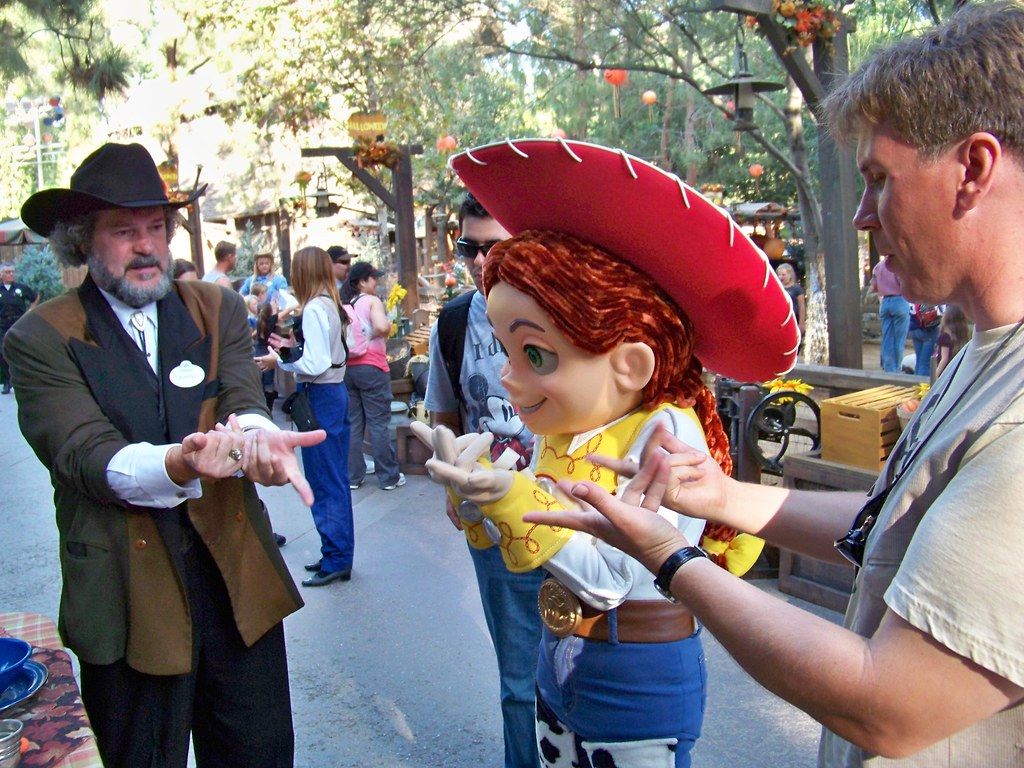
8. **William Ellsworth Robinson, “Chung Ling Soo” (1918): The Bullet Catch Gone Wrong**The bullet catch illusion is arguably one of the most perilous acts in magic, a dramatic display of purported invulnerability that has claimed many lives throughout history. William Ellsworth Robinson, a seasoned American magician, had crafted a highly successful career by adopting the persona of a Chinese illusionist, “Chung Ling Soo,” complete with an elaborate backstory and refusal to speak English on stage. His act was a masterclass in showmanship, culminating in his version of the fabled bullet catch.
On March 23, 1918, during a performance at the Wood Green Empire in London, Robinson was executing his signature illusion, where he seemingly caught a live bullet fired from a rifle. The premise involved two rifles: one loaded with a blank and the other with a real bullet, which was supposedly swapped. However, in a horrifying turn of events, the prop gun malfunctioned. Instead of the harmless blank, the real bullet, or a fragment from the squib load, discharged into his chest.
The scene transformed instantly from theatrical suspense to genuine horror. Robinson collapsed on stage, uttering words in English – “Oh my God. Lower the curtain. Something’s happened” – breaking character for the first and last time in his professional life. He was rushed to the hospital but succumbed to his injuries the following morning. The investigation later revealed that the mechanism designed to prevent the bullet from firing had failed, a design flaw in a trick that relied on absolute precision and safety.
This tragic incident stands as a chilling testament to the extreme dangers inherent in such high-risk illusions. It underscores the profound trust placed by both performer and audience in the meticulous engineering of stagecraft. “Chung Ling Soo’s” death served as a grim, public demonstration of how even the most controlled and practiced acts could go catastrophically wrong, leaving behind a legacy intertwined with both magic and ultimate tragedy.
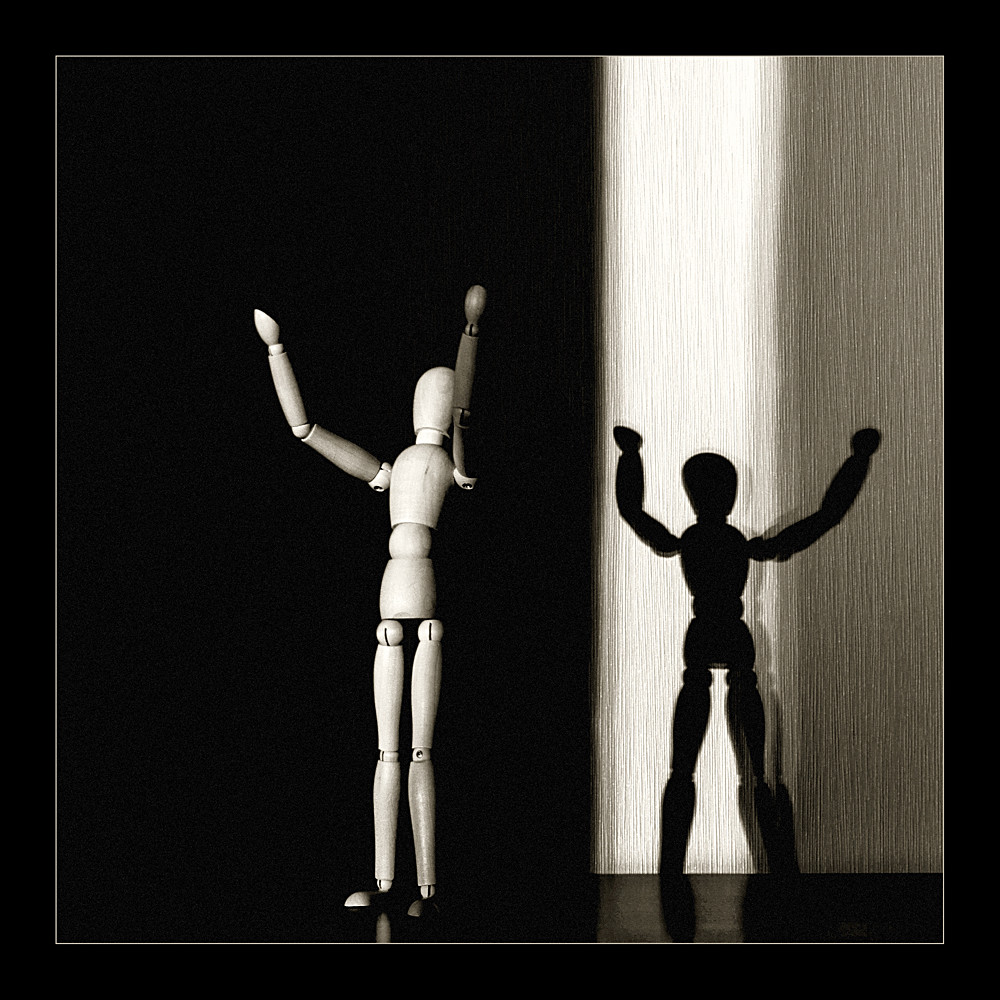
9. **Gareth Jones (1958): The Unscripted Exit on Live Television**Live television, with its unyielding demand for continuous performance and zero room for error, presented a unique and often nerve-wracking challenge for actors. In 1958, this unforgiving medium became the backdrop for one of the most eerily poignant deaths in performance history. Actor Gareth Jones was appearing in a live science fiction play titled *Underground* as part of ABC Television’s *Armchair Theatre* series, broadcast on November 30.
Jones was portraying a character who was meant to die of a heart attack within the play’s narrative. The scene called for his character’s demise, a dramatic moment carefully choreographed for the cameras. However, between his scheduled scenes, away from the immediate gaze of the audience, the unthinkable happened: Gareth Jones suffered a real heart attack.
When his turn came to reappear, he was tragically absent. The live broadcast, unable to pause or rewind, presented a formidable challenge to the remaining cast and crew. With remarkable composure, the actors and director were forced to improvise on the spot, weaving his sudden absence into the ongoing narrative, a desperate attempt to maintain the illusion while grappling with the shocking reality unfolding backstage.
The incident remains a haunting example of life imitating art in the cruelest possible way, and the immense pressure placed on performers in a live setting. Jones’s unscripted death, occurring in the very act of portraying death on live television, stands as a chilling symbol of the unpredictability of both performance and life itself, forcing the audience and his colleagues to confront a true tragedy disguised by the veneer of fiction.

10. **Mike DiBiase (1969): A Final Bout in the Ring**Professional wrestling, a captivating blend of athleticism, storytelling, and choreographed combat, often blurs the lines between sport and spectacle. For those who enter the squared circle, the physical demands are immense, pushing the body to its limits night after night. Mike DiBiase, a respected figure in the wrestling world and the adoptive father of future star Ted DiBiase, was no stranger to these demands.
On July 2, 1969, DiBiase was engaged in a match against his opponent, Man Mountain Mike, in Lubbock, Texas. The crowd was invested in the ebb and flow of the bout, unaware they were witnessing DiBiase’s final performance. As the match reached its conclusion, DiBiase suffered a massive heart attack right there in the ring.
The reality of the situation initially went unnoticed amidst the staged drama. His opponent, Man Mountain Mike, who was scheduled to lose the match, responded to DiBiase’s motionless state by rolling his body on top of himself, securing the intended pinfall. It was only after the match concluded that the full gravity of DiBiase’s condition became apparent. CPR efforts were immediately initiated, but tragically proved unsuccessful.
An autopsy later confirmed that DiBiase had suffered from coronary artery disease, a silent killer that had reached its devastating climax during his performance. His death in the ring served as a stark, unflinching reminder of the very real physical toll exacted by the demanding world of professional wrestling, transforming a staged defeat into a very real, and final, goodbye.
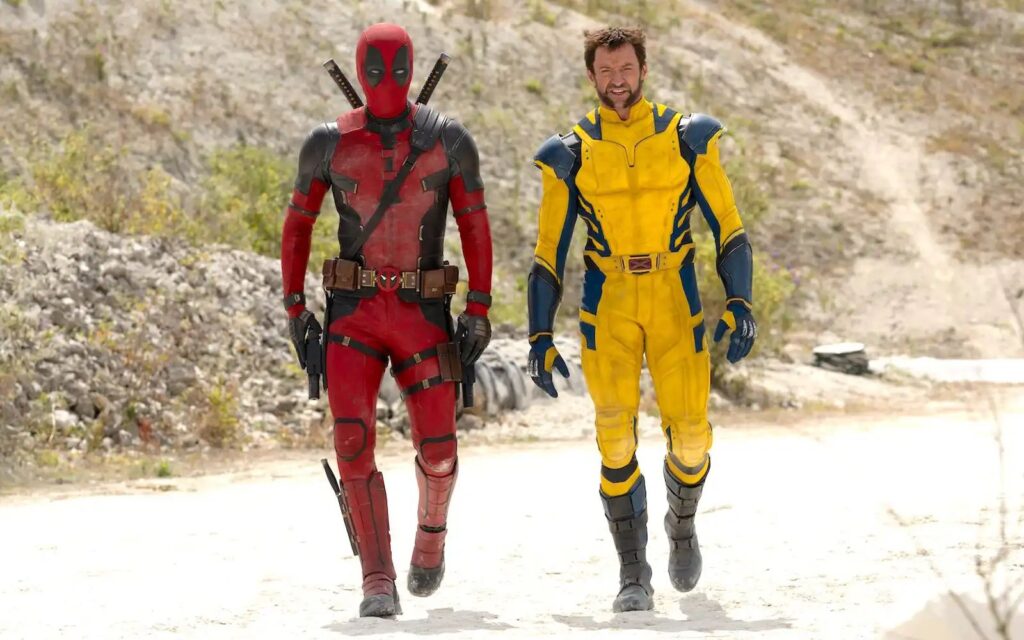
11. **Mitr Chaibancha (1970): The Fateful Flight**The world of cinema, particularly action films, often requires performers to execute daring stunts, sometimes placing them in truly perilous situations. Mitr Chaibancha, a celebrated Thai actor renowned for his charisma and prolific career, was known for performing his own stunts, a testament to his dedication and a draw for his legions of fans. His final scene in the action movie *Insee Thong* (Golden Eagle) would become his most infamous.
On the last day of shooting for *Insee Thong*, Chaibancha was tasked with a climactic stunt shot: grasping a rope ladder from a helicopter, ascending from the ground, and flying off into the sunset. This was intended to be the grand finale, the heroic last shot of the film. He leapt from the ground, seizing the rope ladder, but managed to attain only the lowest rung, his grip precarious.
Tragically, the helicopter pilot, seemingly unaware of Chaibancha’s precarious hold, continued to ascend, climbing to greater and greater heights. Mitr, struggling against the wind and the increasing altitude, was eventually unable to maintain his grip. He plummeted to the ground from a significant height, the entire horrific accident captured on camera.
Chaibancha’s death was a brutal and public demonstration of the catastrophic risks involved in filmmaking, particularly when safety protocols fail. In a controversial decision, the actual footage of his fall was left in the initial theatrical release of *Insee Thong*, forever imprinting the actor’s real-life demise into the fabric of his final fictional triumph. Though later removed from DVD versions, it remains a grim and unforgettable chapter in cinematic history, a stark reminder of the sacrifices made for the sake of spectacle.
12. **Tommy Cooper (1984): The Laughter That Turned to Silence**The magic of comedy often lies in its ability to surprise and confound expectations. For British comedian and magician Tommy Cooper, his act frequently involved deliberately and comically bungling his illusions, drawing roars of laughter from an adoring audience. This established stage persona created a heartbreaking irony on April 15, 1984, during a live performance on the London Weekend Television variety show *Live From Her Majesty’s*.
Mid-performance, Cooper suffered a massive heart attack on stage. He slumped to the floor, his signature fez tumbling off. The audience, accustomed to his humorous mishaps and thinking it was an elaborate part of his act, responded with prolonged laughter and applause. Even his assistant, believing he was improvising a comic bit, continued to smile and gesture. The television director, also thinking it was part of the show, cut to an unscheduled commercial break.
It was only backstage that the gravity of the situation became clear. Efforts to revive him were futile, and he was pronounced dead upon arrival at the hospital. The laughter in the theatre had slowly given way to a stunned, horrified silence as the truth emerged. The moment of his actual death, initially celebrated as a comedic triumph, became one of the most poignant and unsettling examples of a performer dying in front of a live audience.
Tommy Cooper’s final moments underscore the profound theatrical contract between performer and audience, where reality can be so perfectly mimicked by artifice that genuine tragedy is mistaken for brilliant comedy. His death remains a haunting narrative of a beloved entertainer whose ultimate, unscripted performance was, for a terrifying minute, received with the very applause he had always sought.
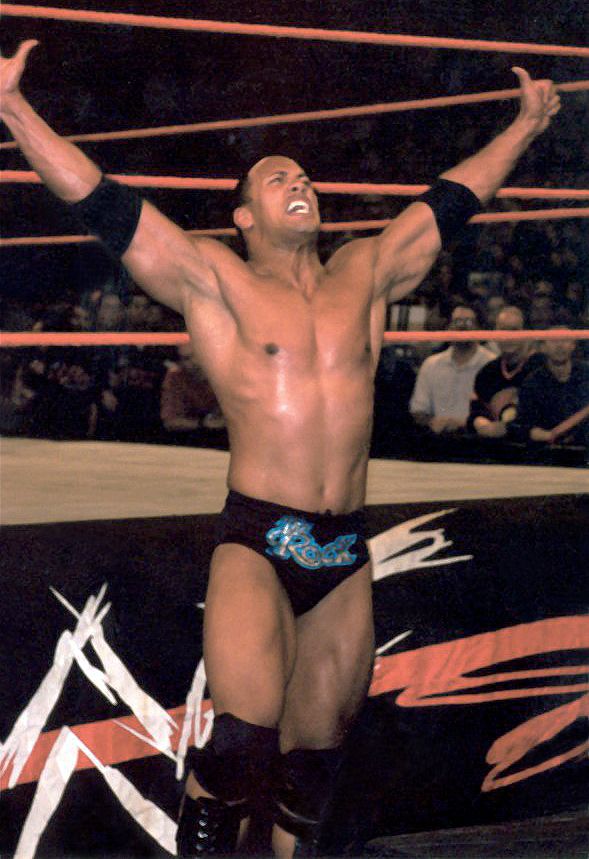
13. **Owen Hart (1999): A Fall from Grace in the WWF Ring**Professional wrestling, with its larger-than-life characters and elaborate entrances, consistently pushes the boundaries of spectacle. Owen Hart, a highly skilled and popular Canadian professional wrestler for the World Wrestling Federation (WWF), was known for his incredible athleticism and entertaining persona. His career, tragically, came to an abrupt and devastating end during a pay-per-view event called Over the Edge, on May 23, 1999, at Kemper Arena.
Hart’s entrance for that night was planned to be a grand spectacle: he was to descend from the rafters of the arena on a safety harness, tethered to a rope, making a dramatic entrance into the ring. This high-flying stunt was intended to enhance his ‘Blue Blazer’ superhero character, adding to the theatricality of the event. However, something went catastrophically wrong with the rigging.
During his descent, the safety latch on his harness accidentally released. Owen Hart plummeted an horrifying 78 feet (24 meters) from the arena ceiling, landing chest-first on the top rope of the wrestling ring. The impact was immediately fatal, causing a severed aorta and his lungs to fill with blood. The live audience, initially buzzing with anticipation, witnessed the horrific fall in stunned silence, rapidly grasping that this was no part of the show.
Despite the immediate medical attention and the subsequent cancellation of the live broadcast, Hart was pronounced dead at a nearby hospital. His death was a profoundly tragic loss, not only for his family and the wrestling community but also a shocking reminder to millions of viewers of the very real dangers inherent in high-risk performance art. Owen Hart’s final, unintended fall remains one of the most devastating and unforgettable incidents in the history of live entertainment, a somber echo of the immense risks undertaken for the sake of spectacle.
These stories, spanning centuries and genres, are more than mere footnotes in history; they are visceral reminders of the human element behind every performance. They tell tales of dedication, passion, and the ever-present fragility of life, often juxtaposed against the boundless quest for entertainment. Whether by unforeseen accident, natural phenomenon, or the cruel irony of a script, these performers stepped onto their chosen stage for the last time, leaving an indelible mark on their audiences and the legacy of their craft. They serve as a powerful testament to the inherent risks and profound sacrifices made by those who dare to live under the spotlight, reminding us that sometimes, the greatest show on earth can indeed come at the highest price imaginable.





